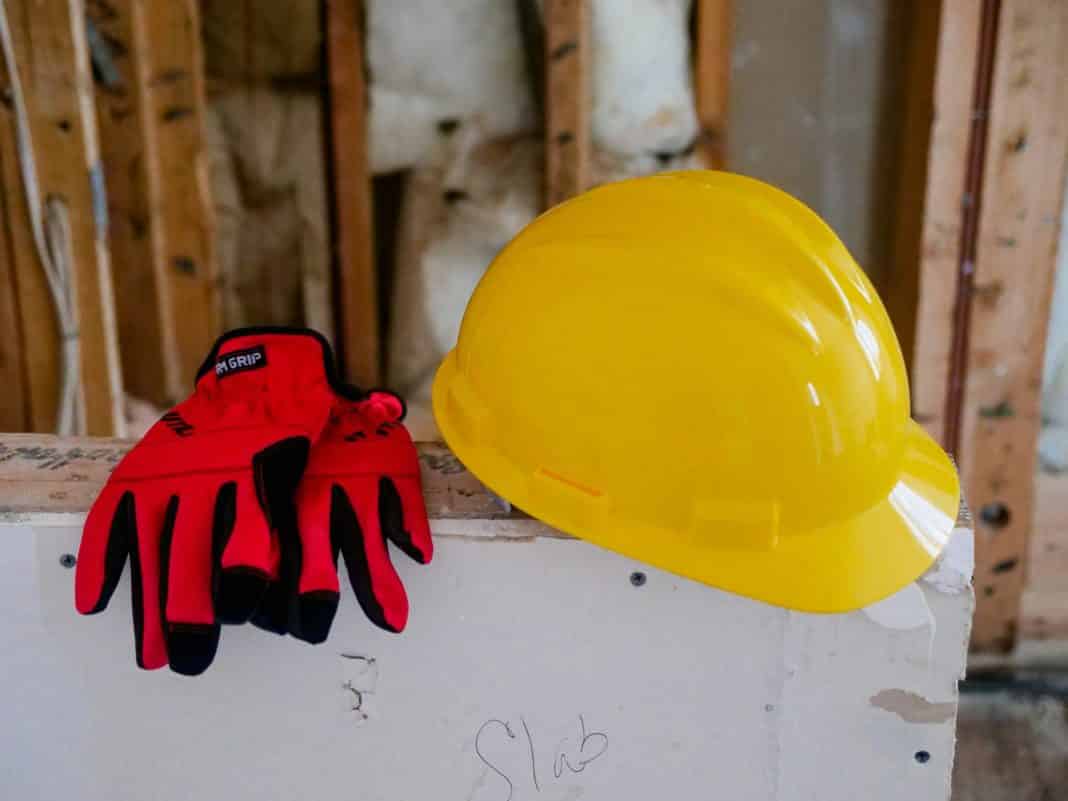Personal protective equipment (PPE) is crucial in safeguarding the health and wellbeing of our workforce. The government’s legislation on PPE lays out the guidelines for how and where it should be used, while the Health and Safety Executive (HSE) website also contains plenty of useful resources including advice, case studies and why it is so important.
Unfortunately, accidents do happen, and injuries at work are unavoidable – HSE data tells us there are still hundreds of thousands every year. But with the appropriate, high-quality PPE the number of these incidents – and the severity of their consequences – can be reduced. So, what are the main types of PPE and what are some examples of each? Read on to find out more.
Skin protection
This can come in many forms. For example, it could be trousers and sweatshirts to protect the body, or hard-wearing gloves that are designed to reduce the risks of injuries to the hands. These can include leather driving gloves, welding gloves, those made from cut-resistant material as well as cotton pairs that provide warmth and comfort without compromising on dexterity.
Respiratory protection
Working on busy construction sites can often mean extended exposure to dust and chemical fumes, which can have serious consequences if the appropriate measures are not put in place. Breathing apparatus and respirators can help to filter out these contaminating substances and protect the lungs of the user.
Hearing protection
In the likes of factories, manufacturing plants and industrial warehouses, heavy machinery can create extreme levels of noise for long periods. If employees are exposed to raised decibels, it can start to have a long-term impact on their hearing, including causing deafness and tinnitus. That’s why ear protectors, plugs and headphones should always be worn in such settings – potentially with microphones attached to enable radio communication between colleagues.
Head protection
Falling materials, tools or slips, trips and falls can all cause serious injuries in the workplace and accidents of this nature are surprisingly common. That’s why hard hats and helmets are a crucial part of many employees’ attire, as a severe blow to the head can have life-changing and even fatal consequences. Meanwhile, those working in food production should wear hair nets at all times to avoid any contamination of the goods.
Eye protection
Full or even partial blindness could mean an employee is no longer able to work, which is why glasses, goggles and masks are a must for certain occupations. These can prevent the likes of sparks, debris, grit and dust from entering the eye and causing severe damage while there are even light-enhancing pairs that are specially designed for working in gloomier conditions.





